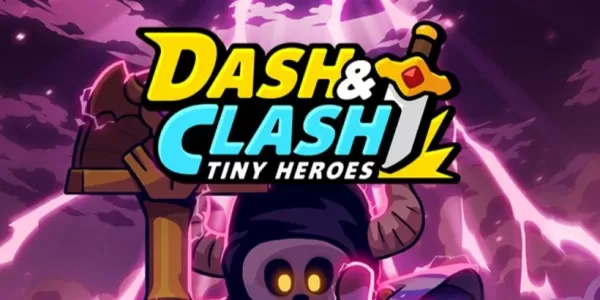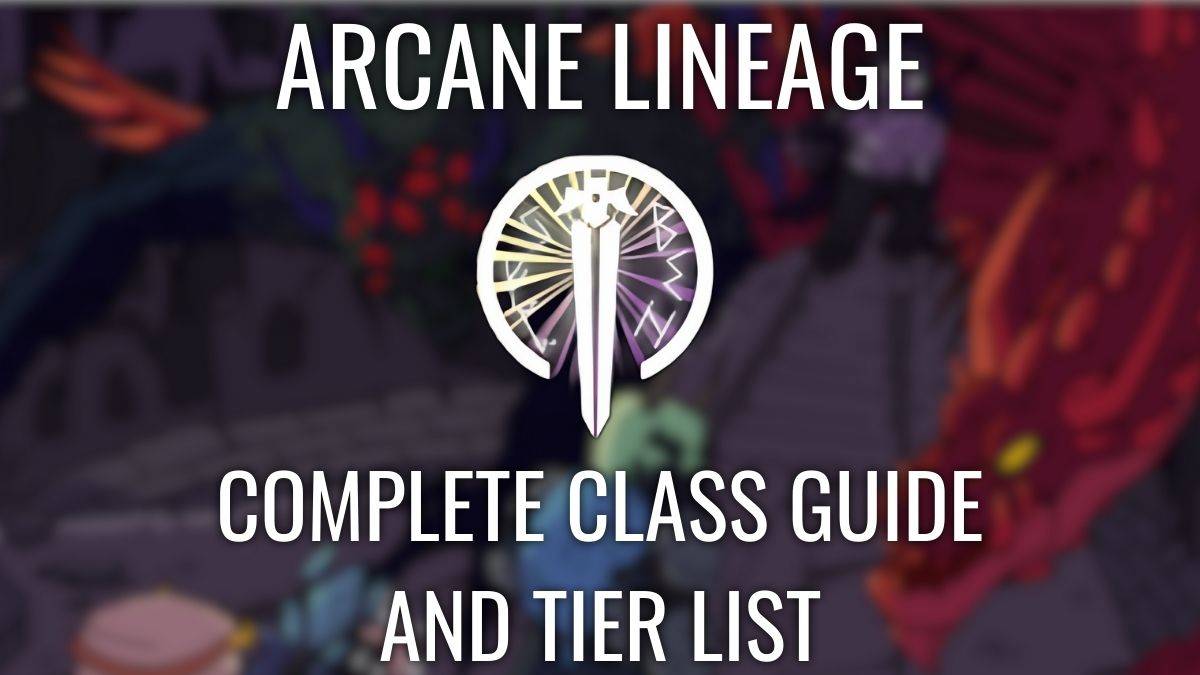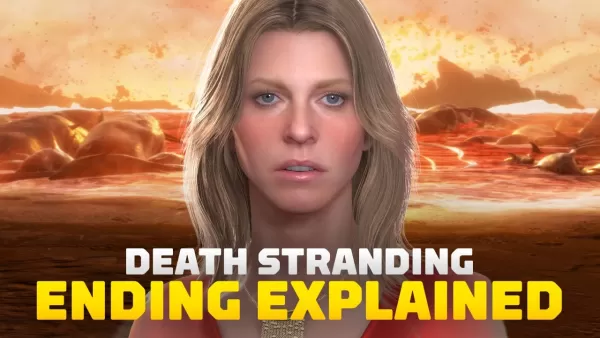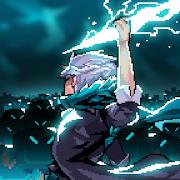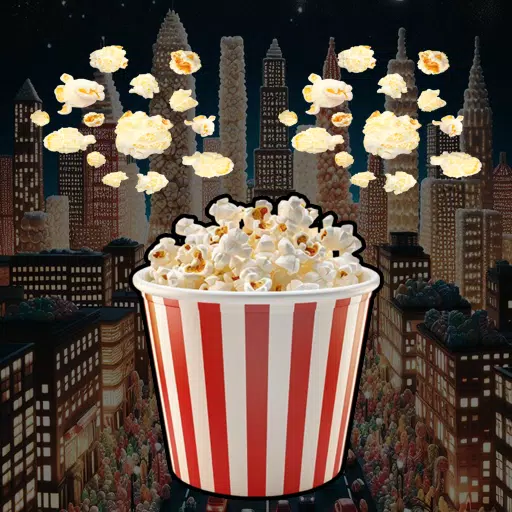The narrative of Monster Hunter has often been overlooked due to its seemingly straightforward nature, but is it really that simple? Let's dive deeper into the themes and stories that enrich this beloved series.
← Return to Monster Hunter Wilds' main article
Evolution of Narratives in Monster Hunter

The Monster Hunter series may not be primarily known for its storytelling, yet it harbors a narrative that's more than just a series of quests. While the game's structure revolves around mission-based gameplay, there's a deeper story beneath the surface. Is Monster Hunter merely about hunting monsters for rewards, fashion, and sport? Let's explore the narratives of the mainline series and see if there's more to it.
How It All Starts
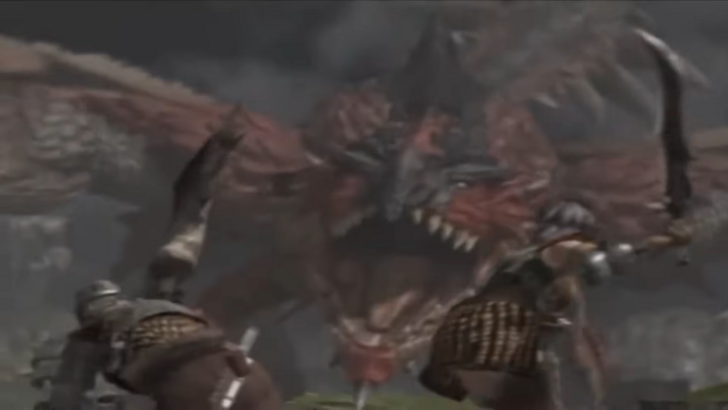
In the Monster Hunter games, you begin as a novice Hunter taking on quests from village elders or leaders. As you progress, you rise through the ranks, tackling increasingly formidable monsters until you confront the final boss of each game, such as Fatalis in the original Monster Hunter. This cycle persists even as newer iterations like World, Rise, and their expansions introduce a more structured storyline.
Protecting the Natural Order
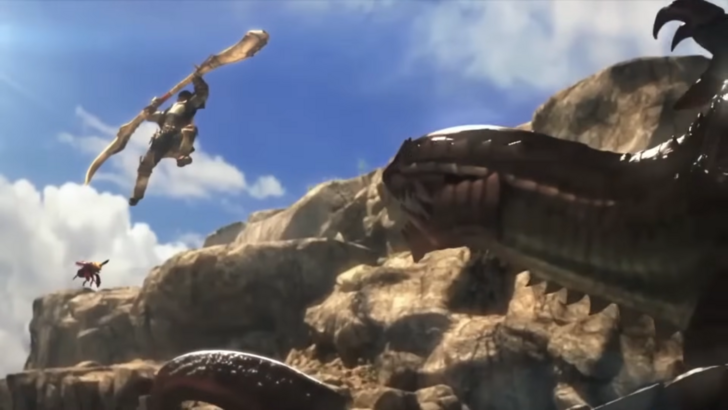
The franchise often positions the Hunter as a guardian of ecological balance. For instance, in Monster Hunter 4 (MH4), the Gore Magala's Frenzy Virus threatens to disrupt the ecosystem, casting it as a villainous force that must be defeated to restore harmony. However, Monster Hunter: World and its expansion, Iceborne, delve deeper into this theme. The endings of these games reflect humanity's role in maintaining natural balance and the realization that nature operates independently of human intervention.
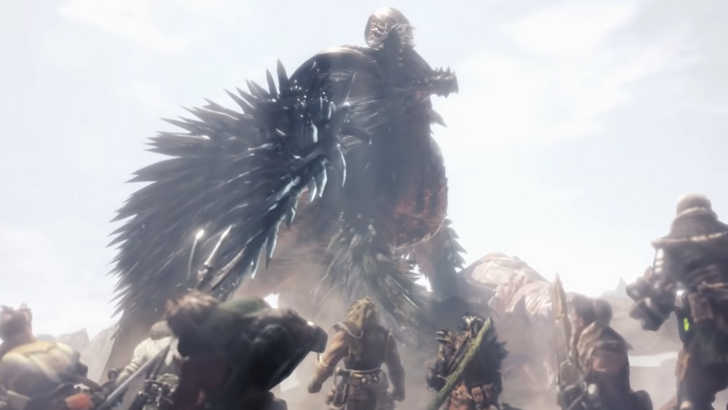
In Iceborne, the narrative culminates with reflections on Nergigante's role as nature's balancer, highlighting the theme of natural order. The base game's ending celebrates the Hunter as the "Sapphire Star," a guiding light inspired by the in-game creation myth, The Tale of the Five. This signifies the Research Commission's acceptance of their role as nature's stewards in the New World. The expansion's somber tone, however, underscores the ongoing learning process about nature's resilience and independence.
Monster in the Mirror

In MH4, defeating the Gore Magala only leads to its transformation into the Shagaru Magala, reflecting the Hunter's own journey of growth and adaptation. This mirrors the player's experience of upgrading gear and returning stronger.

The Ahtal-Ka, introduced in Monster Hunter Generations Ultimate, exemplifies this theme further. Initially appearing unthreatening, it reveals its true power by assembling the Ahtal-Neset, a mechanical fortress. It then uses weapons and structures similar to those employed by Hunters, showcasing its adaptability and ingenuity. This monster's use of a giant wheel as a weapon, reminiscent of a yo-yo, symbolizes the creative and adaptive nature of both Hunters and monsters.
Man Versus Wilds: Your Story
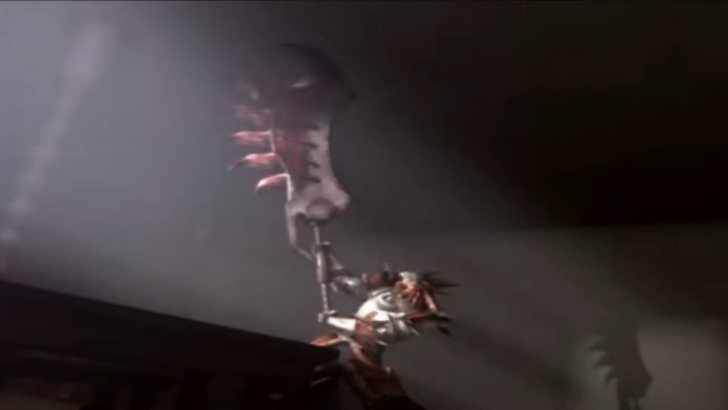
At its core, Monster Hunter is about the player's journey of growth and mastery over challenges. Similar to the Souls series, the satisfaction comes from overcoming seemingly impossible odds through perseverance and skill. The introduction of the Tigrex in Monster Hunter Freedom 2 sets the stage for this journey, pushing the Hunter off a cliff and igniting a quest for revenge.
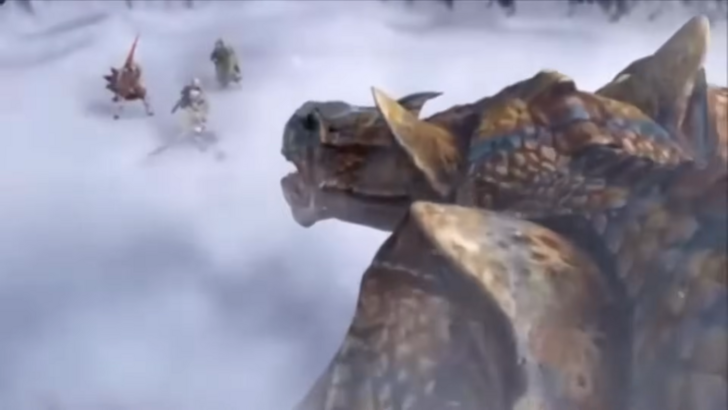
As you progress, you return to the Snowy Mountains to confront the Tigrex again, this time with the power to control your destiny. Such scenes, though not part of a traditional narrative, provide a personal motivation that resonates with players.
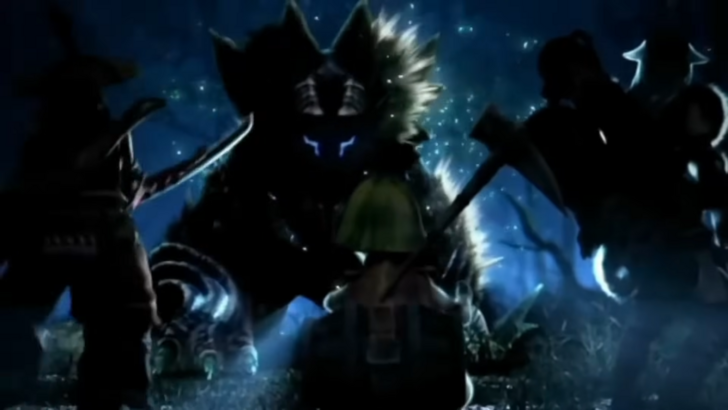
The newer games, including Wilds, are shifting towards more structured narratives, enhancing player engagement. While the stories may not be the most compelling, they weave a personal narrative into the gameplay that leaves a lasting impact on players.










 LATEST ARTICLES
LATEST ARTICLES 
